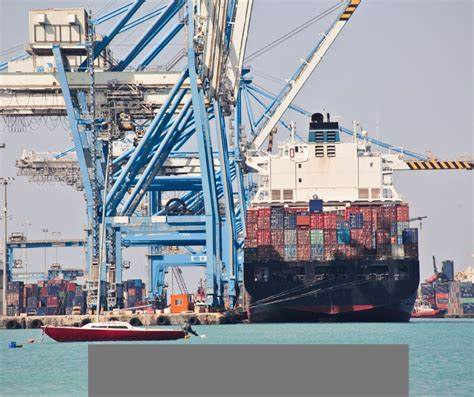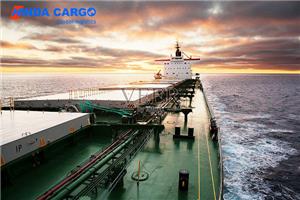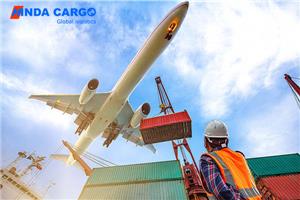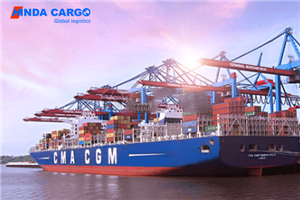Are the documents and procedures for sea ocean shipping and air freight the same?
In international freight, ocean sea freight and air freight are the two main modes of transportation, and their documents and procedures are important matters that companies must deal with. This article will delve into the similarities and differences between sea ocean shipping and air freight document procedures to help companies better understand the differences and similarities between the two.
1. Contract of carriage: common but subtly different
Whether it is sea ocean shipping or air freight, it is inseparable from the signing of a transportation contract. A transportation contract is a legal document between the cargo owner and the transportation company, which clarifies the transportation details and responsibilities of the goods. Although similar in basic composition, there may be subtle differences in some specific terms in the contract due to different modes of transportation. Enterprises need to carefully review when signing contracts to ensure that the terms meet actual needs.
2. Goods list and identification: detailed and accurate requirements
Cargo manifests and identification are critical to the safe transportation of goods. In both ocean sea freight and air freight, accurate cargo lists and clear markings are required to ensure that the goods can be accurately identified and handled during transportation. However, due to different transportation means and environments, there may be some differences in the detailedness of the list and the accuracy of the markings, and companies need to make adjustments based on actual conditions when preparing documents.

3. Transport documents: land, sea and air have their own emphasis
Transport documents are one of the core documents in the transportation of goods. In ocean sea freight, the bill of lading is a crucial transportation document, recording key information such as the carrier, departure port and destination port of the goods. In air freight, air freight bills are more common, recording in detail the flight information, departure and landing locations of the goods, etc. When processing transportation documents, enterprises need to clarify the focus of different transportation methods to ensure the accuracy of documents.
4. Import and export procedures: significant regional differences
Sea ocean shipping and air freight involve the flow of goods across national borders, so import and export procedures are links that cannot be ignored. However, due to the large differences in regulations and procedures in different countries and regions, you may face different challenges when handling the import and export procedures for sea ocean shipping and air freight. Enterprises need to be familiar with the relevant laws and regulations of the target area when processing to ensure smooth processing of the procedures.
5. Insurance and Claims: Safety vs. Risk Trade-offs
Insurance and claims are the risk management links in ocean sea freight and air freight. Although the basic principles are similar, there may be some variations in insurance rates and claims procedures due to different modes of transportation. Sea ocean shipping usually involves more transit time, so the cost of insurance may be relatively high. Enterprises need to choose carefully when purchasing insurance, weigh safety and risk, and ensure that goods are fully protected during transportation.

6. Safety inspection and inspection: multi-layered safeguards
Whether it is sea ocean shipping or air freight, security inspection and inspection are necessary steps to ensure the safe transportation of goods. However, due to different transportation means and environments, there may be some differences in the procedures and standards for safety inspection and inspection. Enterprises need to make adjustments based on specific circumstances when carrying out these steps to ensure that the safety of goods is guaranteed at multiple levels.
7. Emergency handling: the ability to respond quickly
In an emergency, both sea ocean shipping and air freight need to have the ability to respond quickly. However, the steps and processes involved in handling emergencies may vary depending on the mode of transportation. Enterprises need to consider the characteristics of different transportation modes in their emergency plans to ensure that effective processing and decisions can be made in the shortest possible time.
Conclusion: Flexible handling to ensure smooth transportation
Although the documents and procedures for ocean sea freight and air freight are similar, there are also some subtle differences. When processing, enterprises need to respond flexibly according to the actual situation to ensure the accuracy of documents and the smooth processing of procedures. In this changing international freight environment, flexible handling of document procedures will help ensure the smooth and safe transportation of goods.




